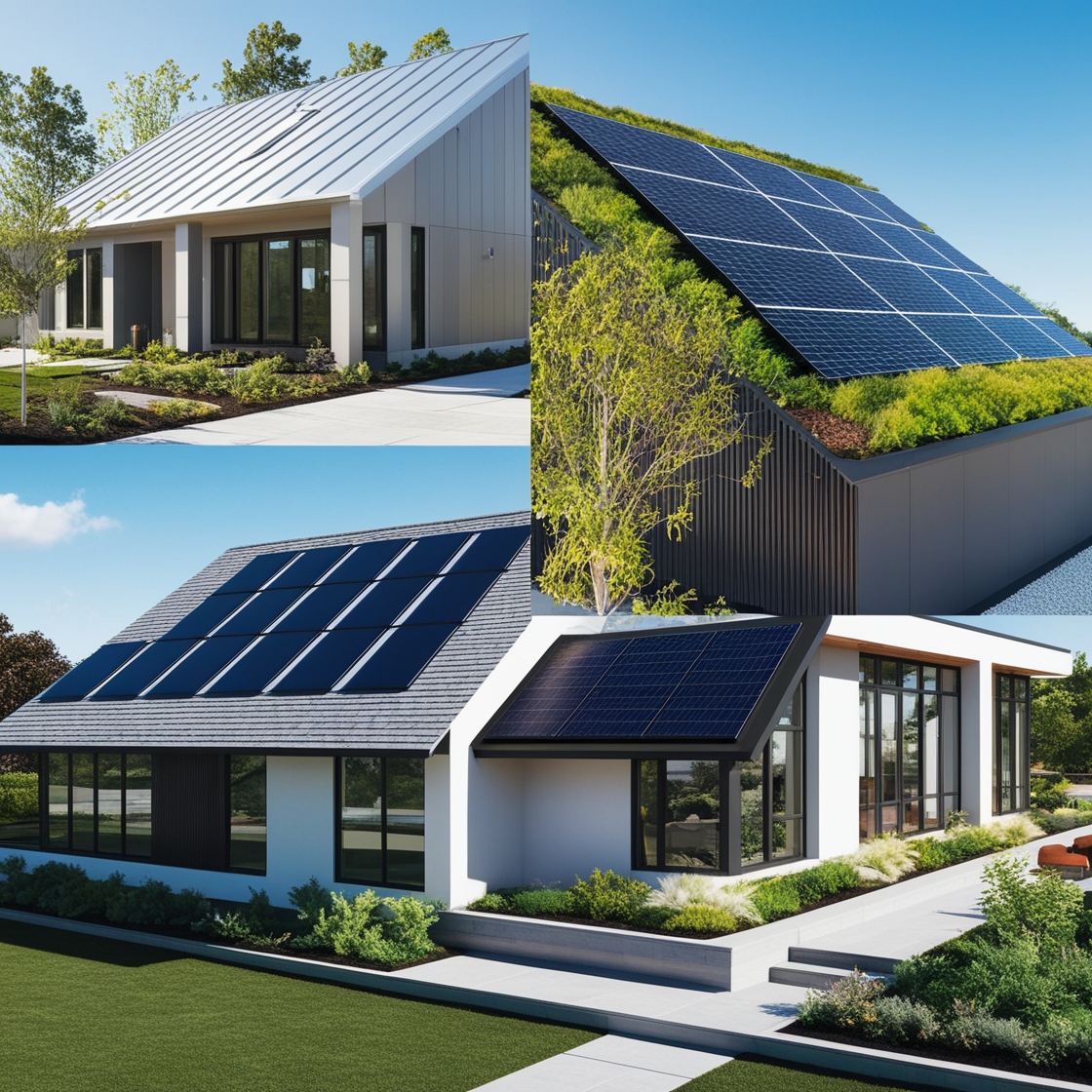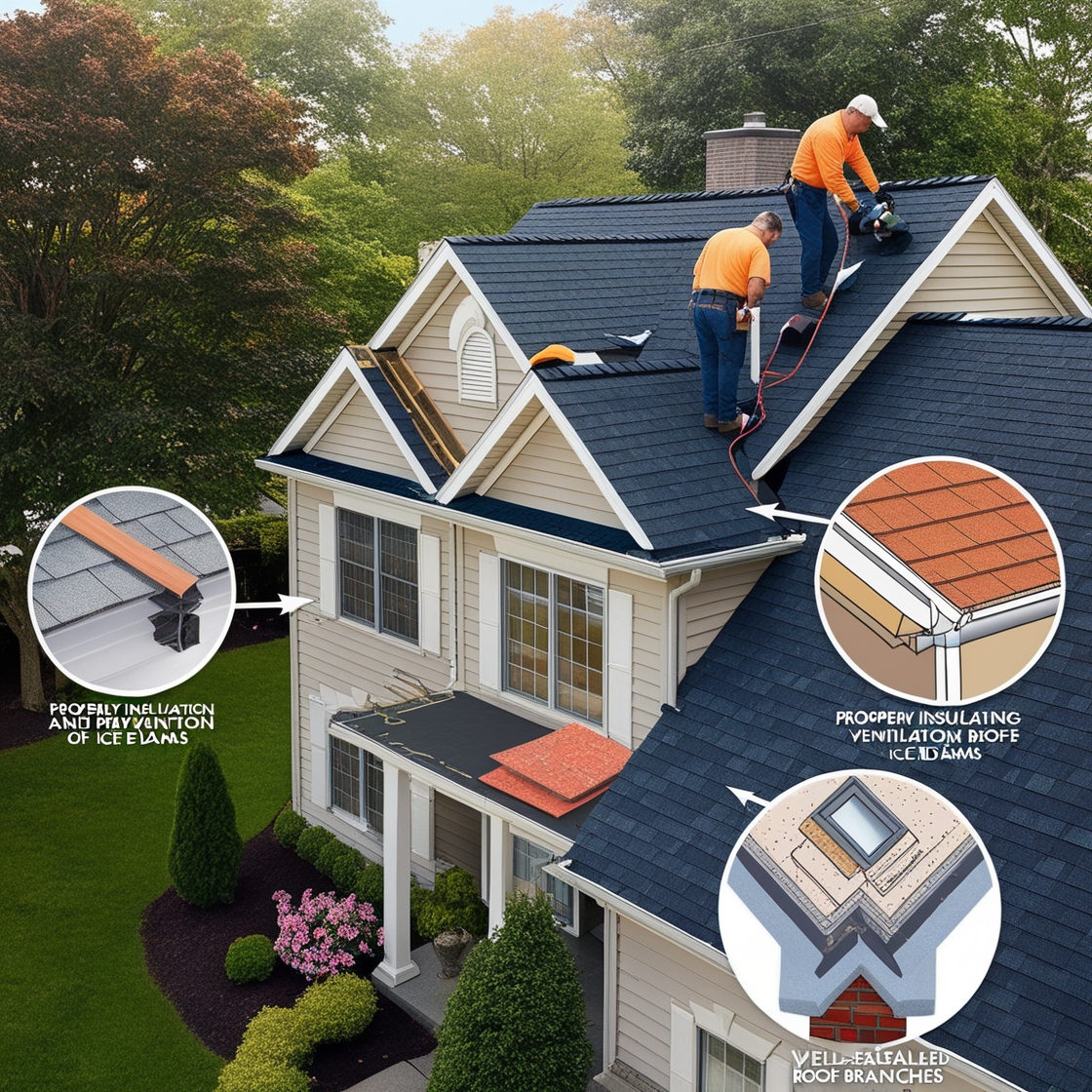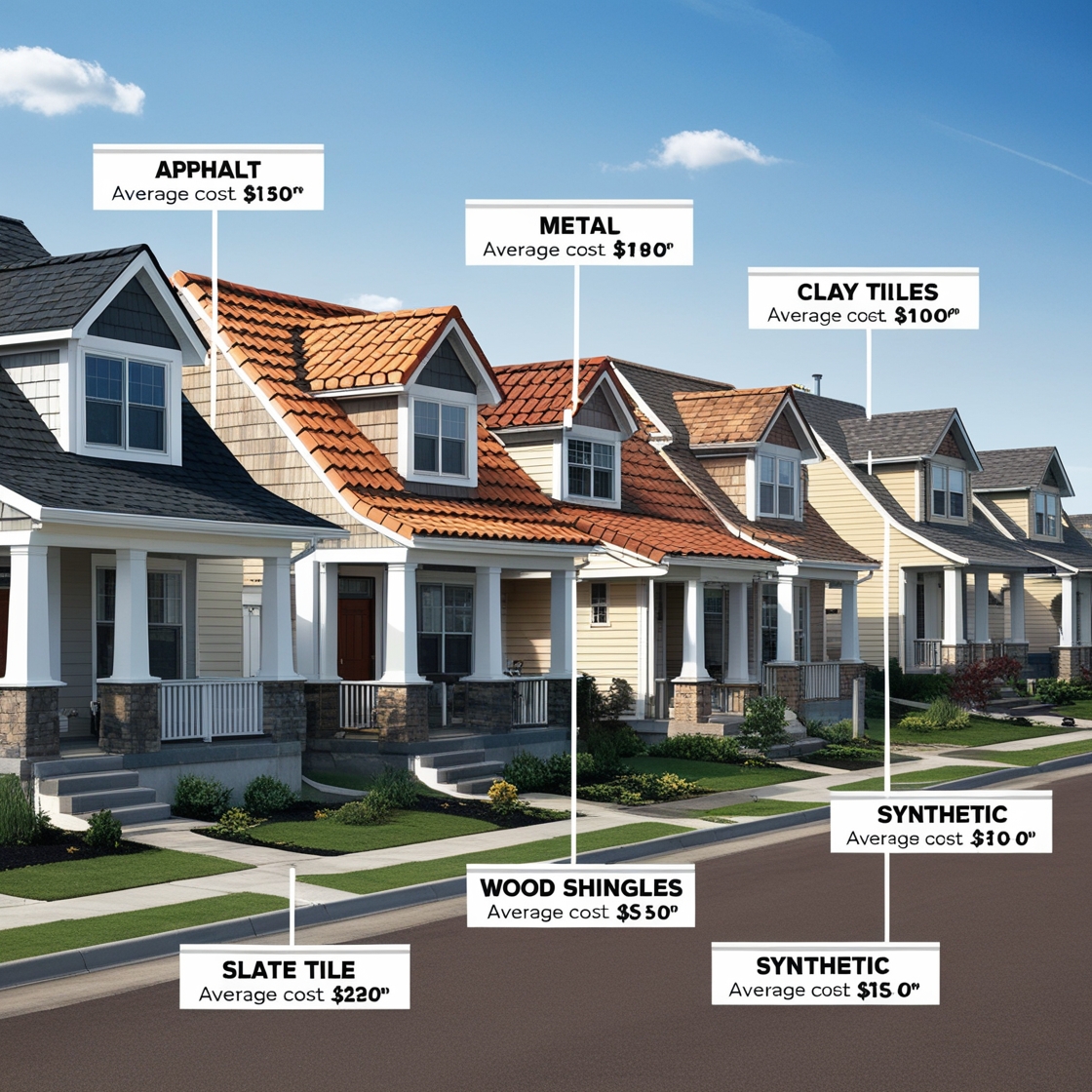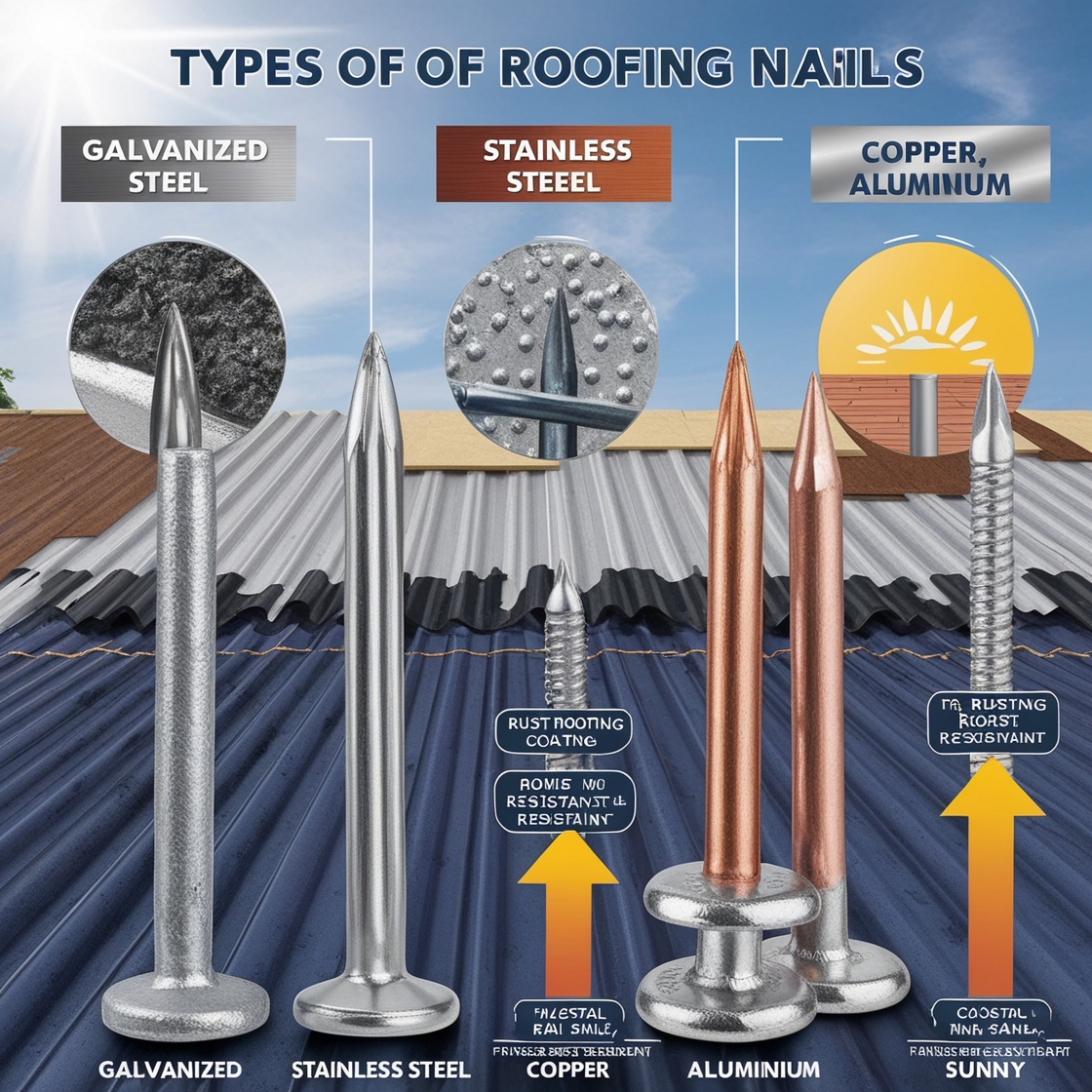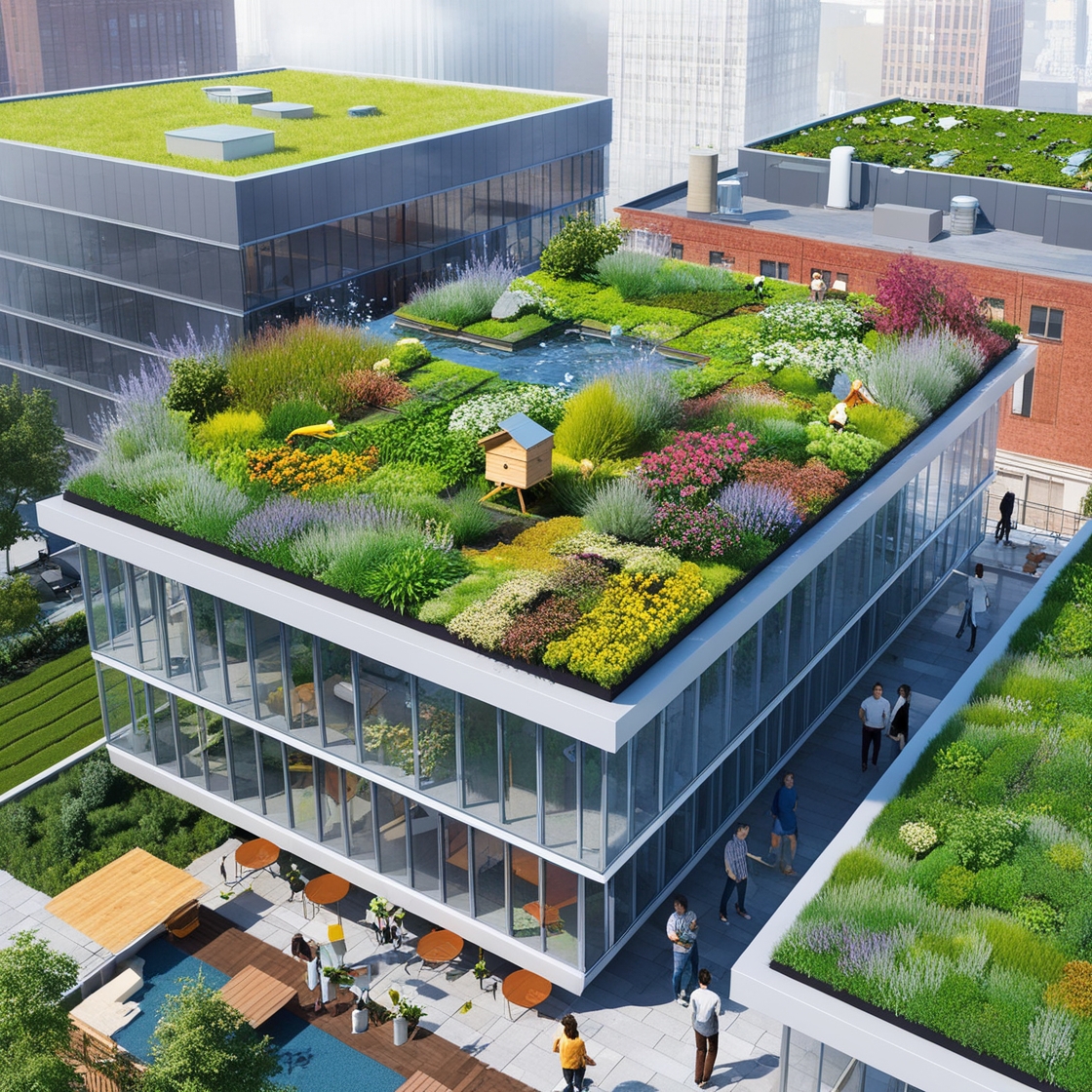In an era where energy conservation and sustainability are increasingly important, selecting the right roofing material is a critical decision for homeowners and businesses alike. The roof plays a crucial role in the overall energy efficiency of a building, affecting heating and cooling costs, indoor comfort, and even environmental impact. This article explores the most energy-efficient roofing options available today, providing insights into how each material can contribute to a greener, more cost-effective home or commercial property.
1. Metal Roofing
Overview: Metal roofing is often hailed as one of the most energy-efficient options available. Its reflective properties help to deflect the sun’s rays, reducing the amount of heat absorbed by the building. This characteristic is particularly beneficial in hot climates, where air conditioning costs can be significantly reduced.
Energy Efficiency: Metal roofs can lower cooling costs by up to 25% due to their high reflectivity and emissivity. Additionally, metal roofing materials are often coated with special pigments that enhance their reflective capabilities, further boosting energy savings.
Sustainability: Metal roofing is also environmentally friendly, as it is often made from recycled materials and can be fully recycled at the end of its lifespan. Its durability, which can last 40 to 70 years, means fewer replacements and less waste over time.
Considerations: While metal roofing is highly efficient, it can be more expensive upfront compared to other materials. However, the long-term savings on energy bills and maintenance can offset the initial investment.
2. Cool Roofing
Overview: Cool roofing refers to a range of materials designed to reflect more sunlight and absorb less heat than traditional roofs. These roofs are typically lighter in color and are coated with reflective materials to enhance their energy efficiency.
Energy Efficiency: Cool roofs can reduce the surface temperature of the roof by up to 50°F (28°C), leading to significant reductions in cooling energy use. This makes them particularly effective in hot climates or urban areas where buildings are closely packed and heat absorption is higher.
Sustainability: Cool roofs not only reduce energy consumption but also mitigate the urban heat island effect, where densely populated areas experience higher temperatures than surrounding regions. This can lead to broader environmental benefits, including improved air quality and reduced greenhouse gas emissions.
Considerations: Cool roofing materials come in various forms, including reflective coatings, cool roof shingles, and reflective metal roofing. The choice of material will depend on factors like climate, budget, and the existing roof structure.
3. Solar Shingles
Overview: Solar shingles, also known as photovoltaic shingles, are a relatively new innovation in the roofing industry. These shingles function as both a roofing material and a source of renewable energy, converting sunlight into electricity.
Energy Efficiency: Solar shingles offer dual benefits: they protect your home while generating electricity that can be used to power the building. By reducing reliance on grid electricity, solar shingles can significantly lower energy bills, especially in sunny regions.
Sustainability: Solar shingles are an excellent option for homeowners looking to reduce their carbon footprint. They harness renewable energy, reducing the need for fossil fuels and contributing to a more sustainable energy future.
Considerations: While solar shingles offer substantial long-term savings, the initial cost can be quite high. Additionally, their energy production is dependent on factors like roof orientation, local climate, and available sunlight.
4. Clay and Concrete Tiles
Overview: Clay and concrete tiles are traditional roofing materials known for their durability and thermal performance. They are particularly popular in Mediterranean and Southwestern architecture.
Energy Efficiency: Clay and concrete tiles are highly energy-efficient due to their natural thermal mass, which helps to regulate indoor temperatures by absorbing and slowly releasing heat. This reduces the need for artificial heating and cooling, leading to energy savings.
Sustainability: Both clay and concrete are made from abundant, natural materials and can last for over 50 years, reducing the need for frequent replacements. Additionally, these materials are often recyclable, making them an environmentally friendly choice.
Considerations: While clay and concrete tiles are excellent for energy efficiency, they are heavy and may require additional structural support. They are also more expensive than some other roofing options, though their longevity can make them a worthwhile investment.
5. Green Roofing
Overview: Green roofing, also known as living roofs, involves the installation of a vegetative layer on top of a building. This option is particularly popular in urban areas where green space is limited.
Energy Efficiency: Green roofs provide natural insulation, reducing the need for heating in the winter and cooling in the summer. The vegetation absorbs sunlight, preventing it from heating the building, and the soil layer provides thermal insulation.
Sustainability: Green roofs offer numerous environmental benefits, including improved air quality, stormwater management, and enhanced biodiversity. They also help to combat the urban heat island effect and can extend the lifespan of the roof by protecting it from the elements.

